29 September 2023.
Yesterday was the day of the Mid-Autumn Moon.
- What is the Mid-Autumn Moon?
The Mid-Autumn Moon is a custom in the lunar calendar where the moon around 15 September is the most beautiful of the year and people like to look at it.

On this day, both China, Korea and Japan (under Chinese influence) hold moon-watching festivals.
This was not originally a religious ceremony, but simply a way to enjoy looking at the beautiful moon.
In Japan, the Chinese custom was introduced to the country about 1,000 years ago, during the Heian period (794-1192), and people held banquets to enjoy poetry, songs and orchestral music under the moonlight.
In the 16th and 17th centuries, the custom changed to worshipping the moon and making offerings.
However, this was the custom of aristocrats and warriors, and it was not until the mid-Edo period that common people began to make offerings and so on.
2. The Tokugawa Garden
The Japanese garden of the Owari Tokugawa family still exists in Nagoya City as the Tokugawa-en.
It was a villa built by Mitsumoto Tokugawa, the second head of the Owari Tokugawa family, the highest ranking of the feudal lords under Tokugawa Shogun’s rule, for his retirement (44 hectares were burnt down in an air raid by the US Army during World War II, and only 4.5 hectares remain today).
It is now administered by the city of Nagoya.
Opening hours: 9:30-17:30.
Admission fee: High school students and senior citizens 300 yen = $2.01 (as of 30 Sep 2023).
Closed: Mondays.
The park was open at night to view the moon, but it was cloudy.
Enter through the Oosone gate (which is a service gate).
It is not good that posters like this are only in Japanese. At least English and Chinese should be available.

General view. Next to the Tokugawaen is the Tokugawa Art Museum. Most of the artwork that belonged to the feudal lords was burned during air raids by the US military during World War II, but what is left is on display.


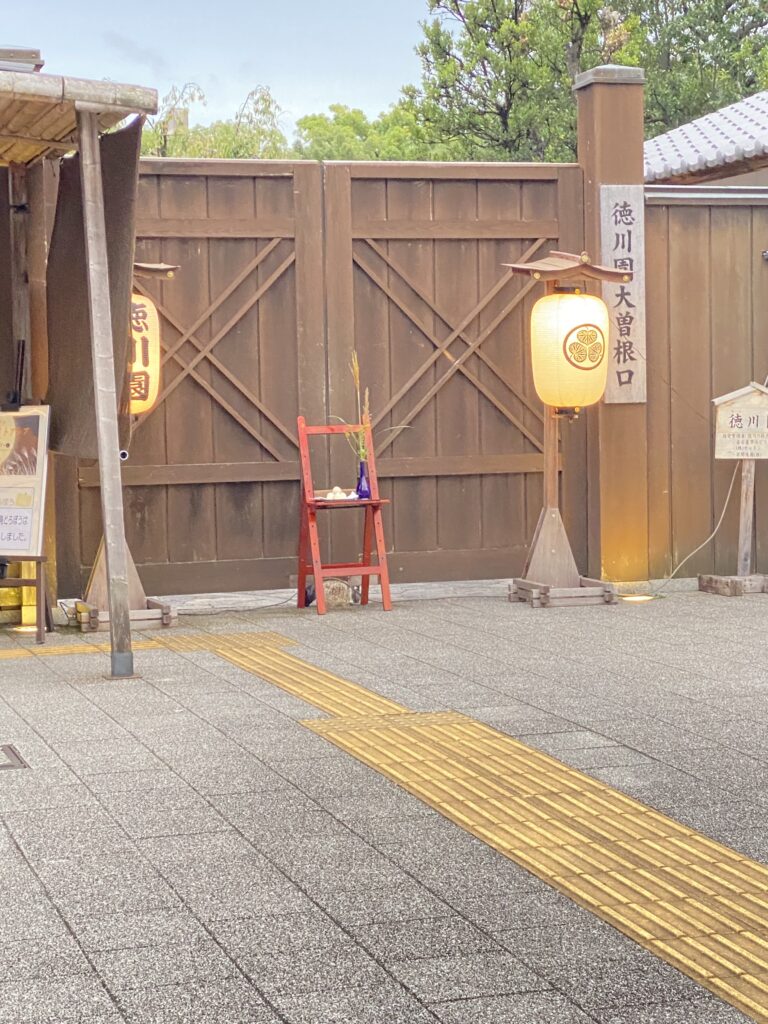
The garden is in the style of a pond garden, with a large pond in the centre and paths around it. The garden features mountains, islands in the pond, bridges and famous stones to represent famous landmarks around the country.



The north side of the garden is planted with botan (peony flower), which are beautiful in winter.

There is a tea ceremony room. This is a hut built for the ritual drinking of tea.
The entrance is so high that you have to bend down to enter, to calm your overpowering thoughts.


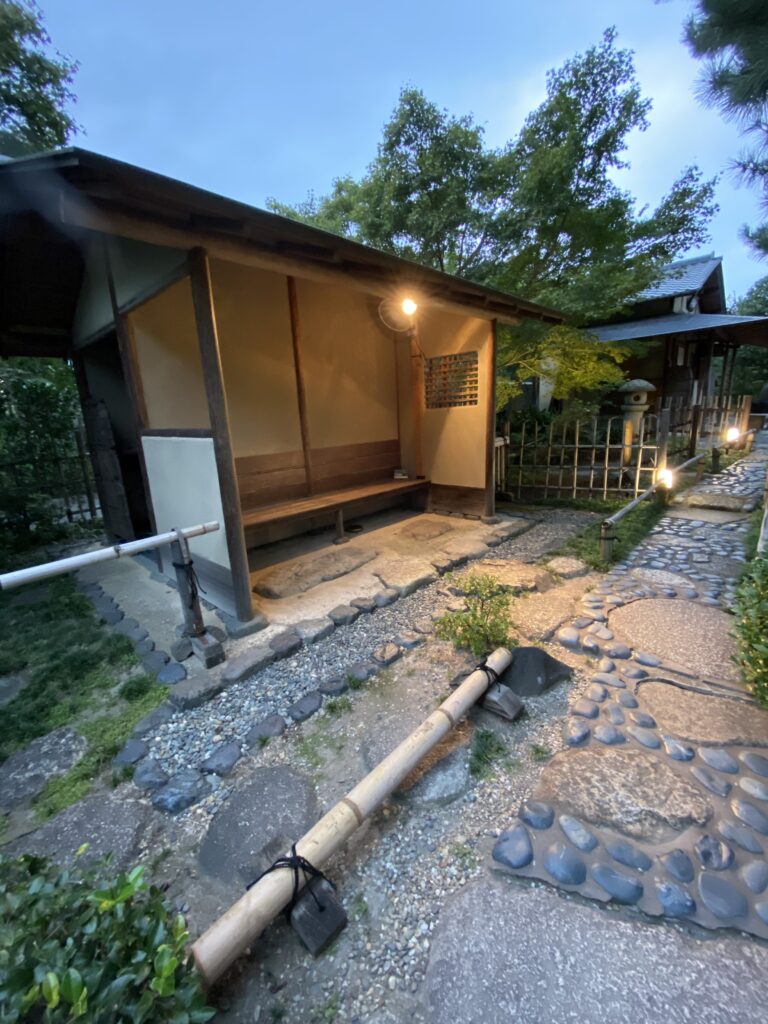


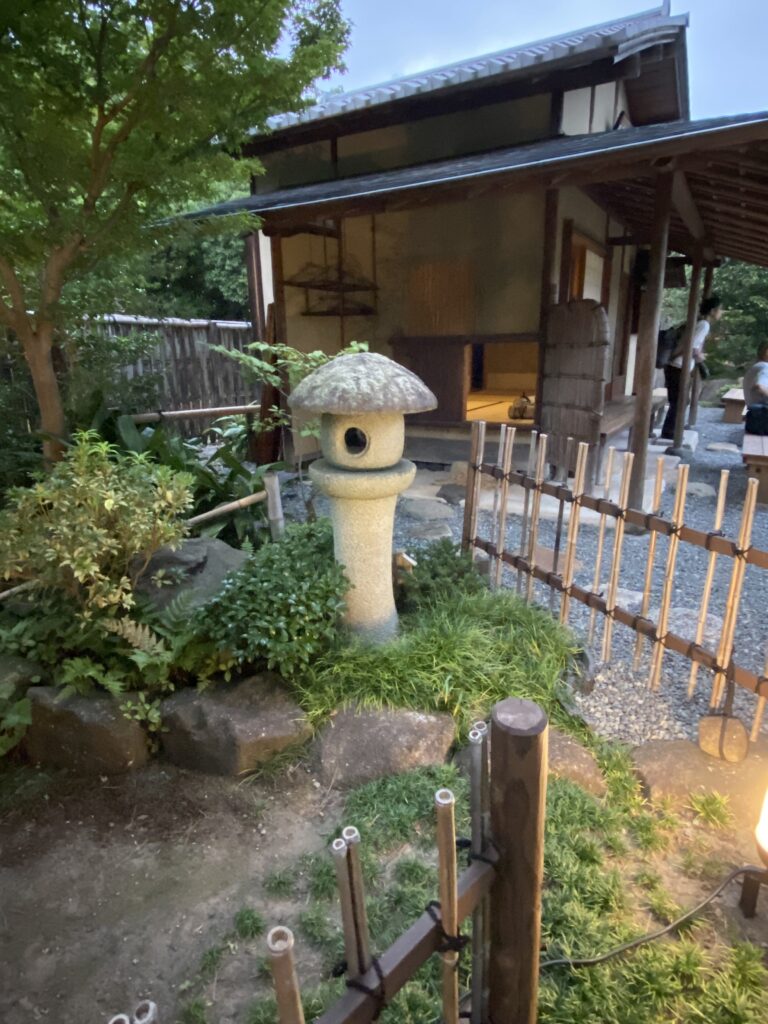




From there, looking out over the pond, you can see beautiful plantings of silver grass.
The bush clover that can be seen in the Higashiyama Botanical Garden is also planted here.
Hagi was a plant found in the gardens of some of Japan’s wealthiest families.

A small boat decorated with plants floats on the pond.


A restaurant for weddings and other events has been built in the garden.


The island is beautiful.

The trees are illuminated.

Hut for viewing the pond water.

Sarusuberi trees (crape myrtle) in the pond are common and are planted in ordinary Japanese homes.
Bees often visit to suck the nectar due to the abundance of flowers.


Higanbana (Red Spider Lily) are beautiful but very poisonous.


Carp are kept in ponds.

Bridges over the pond.


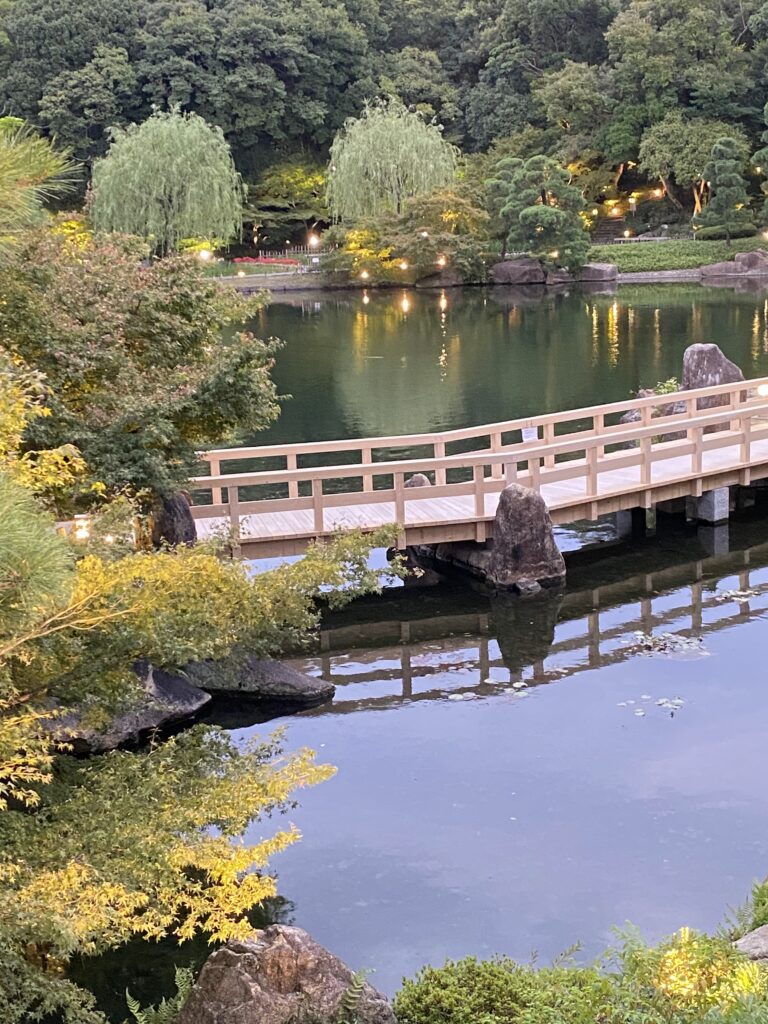

Hitotsuba (Hittsuba), also found in the Higashiyama Botanical Garden, grows all over the area. Hitotsuba is a member of the fern family and has an unusual appearance with only one leaf growing out of the ground.


Waterfall in the garden. This is said to become a torrent every 20 minutes.


Fukkiso (Japanese pachysandra) This plant grows up to 10cm above the ground and is often used as a ground cover. It grows in shade and is therefore useful in gardens with many large trees, as in this garden.

This fantastic beauty overlooks the pond!

At this point our exploration of the garden ended as it began to rain.
Near the exit was a tray stone.
These are black trays with pictures drawn on them using pure white sand. It is a very delicate form of art and will fall apart if tilted because just white sand is scattered on it.

Originally, white dumplings were offered for moon viewing.

There was a queue at the exit, but the rain was getting heavier and the shopkeepers were in a hurry.
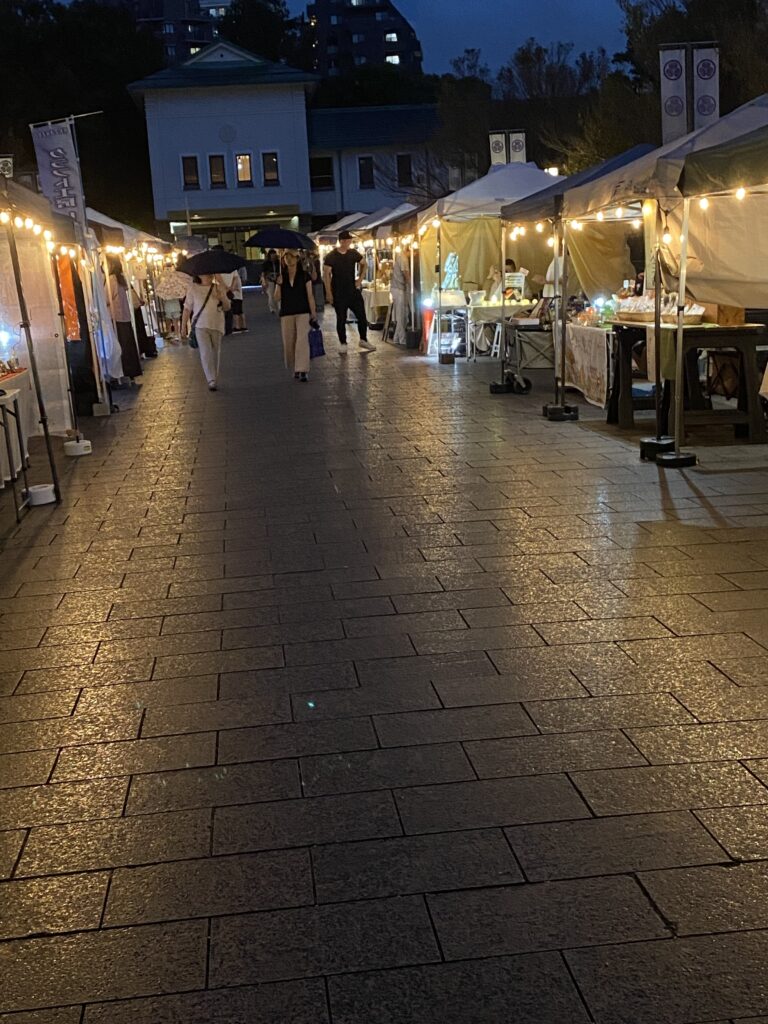
The Black Gate, an important cultural treasure. It escaped the spread of fire caused by air raids.

I went to Sakae’s Mitsukoshi department store to buy tsukimi dango (moon dumplings), but they were not selling any.
Japanese sweets.




This is an art made entirely of sweets.




コメント